Archive Mode. Call Design It Digital 2018 ended on 5/31/18, 11:59 PM. Call settings are read only. See Current Open Calls

Sponsored by:


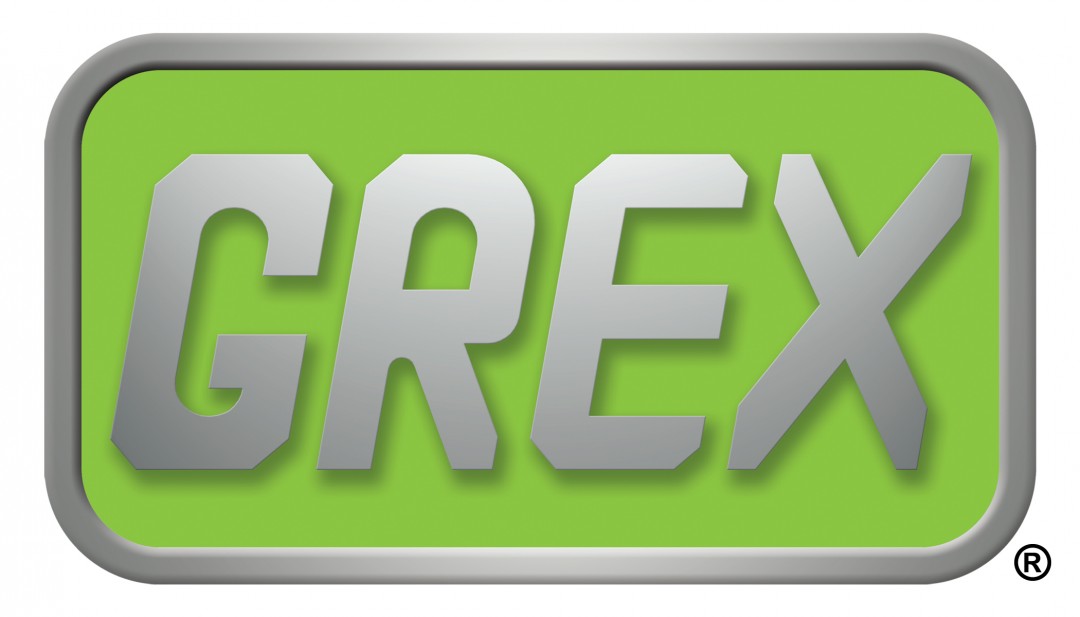

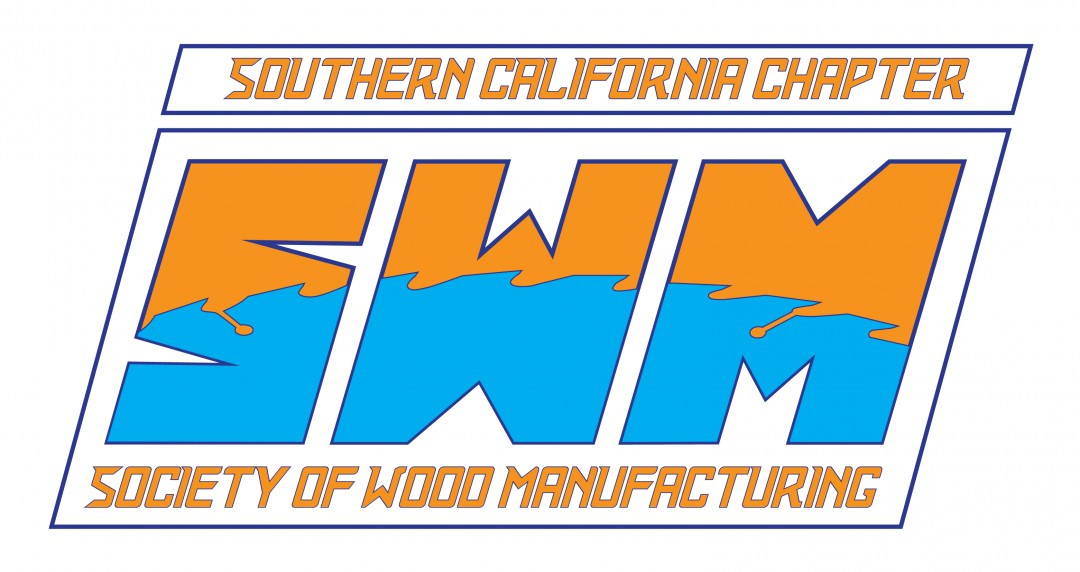

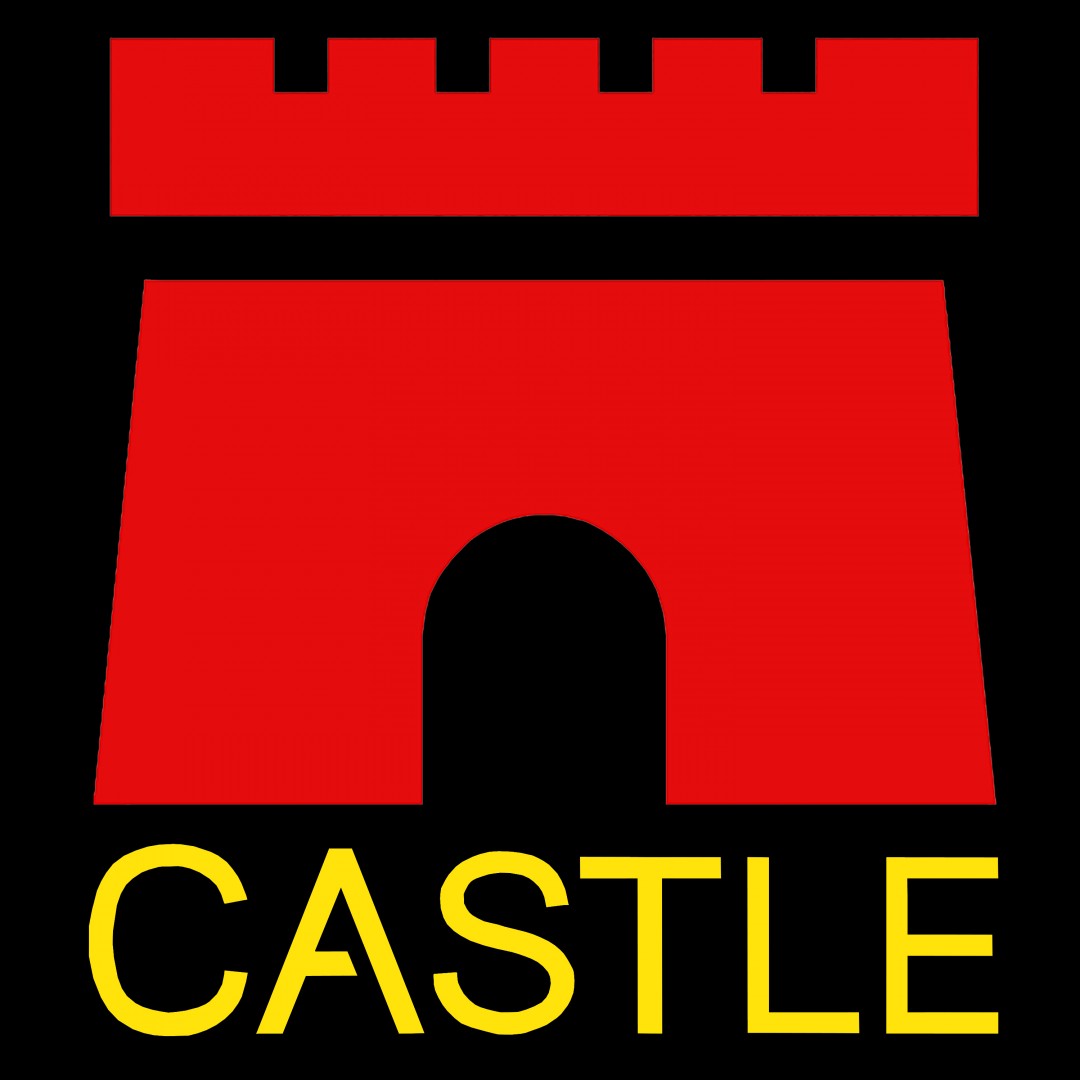


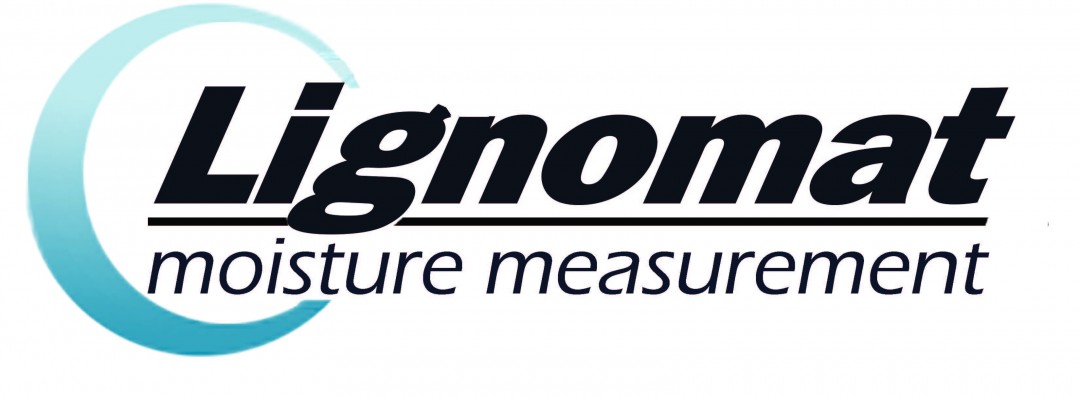
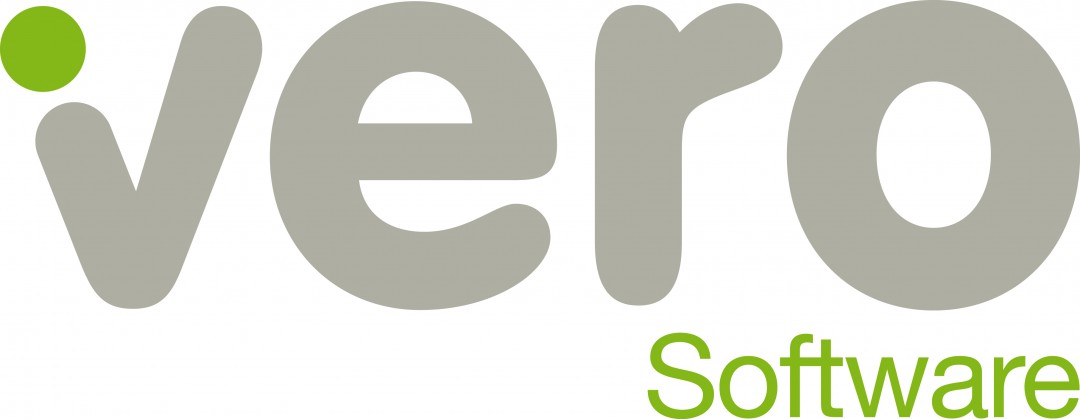
Summary:
Design it Digital is a fun new online student design competition. Students are presented with three hypothetical scenarios in which a client is asking for a custom piece of furniture. Students can choose their favorite client project and design a solution using any CAD and rendering software. This contest introduces students to challenges that designers face when making a custom piece of furniture. It also highlights the use of CAD software in our industry and provides an opportunity for AWFS® member companies to get involved with students and schools. Our focus is to engage young people into thinking about the many career opportunities available in the wood industry.
Timeline:
-
November 2017: Call for entries open
-
May 31st, 2018: Entries due
-
June 2018: Online Judging
-
August 2018: Winners announced by AWFS®
Entrant Eligibility:
-
Open to students in North America: Middle/High School (grades 6-12) and Post-Secondary (judged separately)
-
No minimum age! Must be under 40 years old on May 31, 2018.
-
Full-time, degree, diploma or certificate-seeking students, in an accredited middle school, high school, or post-secondary woodworking, architecture, design, or related program.
-
Part-time, degree or certificate-seeking students, in an accredited post-secondary woodworking, architecture, design or related program who are transitioning into a related career.
-
All students, including those who have graduated, must have the support of their instructor and school.
-
Those that make their living (or substantial income) in a related career path are not eligible.
-
-
-
No entry fee
-
No limit of entries per school
-
Students may use ANY available 2D or 3D drafting software, AutoCAD, Rhino, Sketch Up, etc.
-
Students may submit two entries per design scenario, up to six entries total
Entry Requirements:
-
Students must answer short questions online, then upload a presentation board (see more details below)
-
Questions: Complete the following :
-
Bill of Materials
-
Hardware List
-
Labor Time Estimate
-
What is the price for this design and what is included in that price?
-
Describe two ways to enhance the value of your design and its effect on the price?
-
Presentation Board: Upload a 24” x 36” PDF must include the following elements (see more below):
-
Project Title
-
Project Price Range
-
Renderings or Digital Images
-
Plan View (generated in CAD)
-
Front Elevation (generated in CAD)
-
Side Elevation(s) (1 or 2 elevations generated in CAD)
-
Section Drawing(s) (1 or 2 sections generated in CAD)
-
Detail Drawing(s) (1 or 2 detail drawings generated in CAD)
-
Description of project (up to 250 words)
Judging:
-
Judging will be entirely online
-
Judging will be performed by a panel of industry professionals
-
Entries will be scored based of the following criteria (See “Judging Rubric” below):
-
Quality of Design/Creativity
-
Quality of CAD Drawings and Renderings / Digital Images
-
Manufacturability
-
Marketability
-
Overall Concept/ Functionality
Prizes:
Each Student may only win one prize package:
Post-Secondary:
-
1st Place will receive $1,000.00 (USD), A Semi-Pro HVLP Spray System from Fuji Spray, Cabinet Vision software from Vero, an AccuMaster Digital Fraction Caliper and a Measure Master Pro Calculator from Calculated Industries.
-
2nd Place will receive $500.00 (USD), A Castle 100 Pocket Hole Machine from Castle Inc, Cabinet Vision software from Vero, an AccuMaster Digital Fraction Caliper and a Measure Master Pro Calculator from Calculated Industries.
-
3rd Place will receive $250.00 (USD), A mini-Ligno E/D from Lignomat moisture measurement, Cabinet Vision software from Vero, an AccuMaster Digital Fraction Calipers and a Measure Master Pro Calculator from Calculated Industries.
Middle/High School (grade 6-12):
-
1st Place will receive $1,000.00 (USD), A Semi-Pro HVLP Spray System from Fuji Spray, an AccuMaster Digital Fraction Caliper and a Measure Master Pro Calculator from Calculated Industries
-
2nd Place will receive $500.00 (USD), A Castle 100 Pocket Hole Machine from Castle Inc, an AccuMaster Digital Fraction Caliper and a Measure Master Pro Calculator from Calculated Industries
-
3rd Place will receive $250.00 (USD), An AccuMaster Digital Fraction Caliper and a Measure Master Pro Calculator from Calculated Industries
Scenarios:
Choose one scenario per entry:
Scenario 1:
A young couple has just moved into a loft apartment in an old industrial building. They have one large room for their bedroom area, living area, and kitchen with a small bathroom attached. The couple would like to have some more storage and some privacy between their bed and the kitchen area. Here is what they are looking for:
-
storage unit should be 7 to 8 ft. long
-
on the bedroom side - drawers, a place to hang clothes, mirror
-
on the kitchen side - counter space, a place for pots, pans, and utensils
-
the apartment has 10 ft. ceilings
-
doors to apartment are 96” x 36”
-
elevator measurement 96” deep x 80” wide, elevator door is 96” x 60”
-
budget up to $5,000.
These clients are space-conscious and want something very functional, with lots of storage. Alright, now Design It Digital!
Scenario 2:
An eccentric business person lives alone in a large home with 7 cats. This client loves their cats so much they are looking for someone to make them a custom bed with a built-in cat habitat. Here is what they are looking for:
-
must fit a king size bed 76” wide by 90” long
-
open wall space 9 feet tall by 10 feet wide
-
wants many different places for their cats to sleep and relax
-
storage for cat clothes, toys, and other cat related accessories
-
doors in the house are 80” x 32”
-
budget of $5,000 to $10,000
This client is really looking for something different, the wilder the better! Alright, now Design It Digital!
Scenario 3:
A sci-fi movie fanatic wants to make the ultimate entertainment center to hold their brand new 70” flat screen TV and electronics. Here is what they are looking for:
-
must fit TV that is 62” x 36” x 2-1/2” alone, 62” x 39” x 15” with the stand
-
storage for two video game consoles with controllers, a cable box, Blu-Ray player, sound system, speakers, and some additional storage
-
open wall space 9 feet tall by 15 feet wide
-
door to room is 80” x 30” wide and down a narrow flight of stairs with a tight turn at the bottom
-
no single component may be any larger than 29” x 72” x 72” or longer than 96” if it is a long narrow piece
-
budget of $10,000 to $25,000
This client wants the entertainment center to be something unique to impress their friends. Alright, now Design It Digital!
1. Bill of Materials:
Create a list* of the raw materials needed to produce your design. Include the quantity, material with dimensions, and the price per unit using the format shown below. If you are unsure of the price of a particular material, look the price up online or ask at a local store. If an object is a reused or upcycled item, price the item at a fair market value, even if the item would hypothetically be free. (ie. two antique table legs @ $20 each). Include a Material Total price at the bottom. (*it may be a good idea to create the list first as a Word document and copy and paste onto the Artcall website.)
Sample Bill of Materials:
(3) sheets of ¾”x 4 x 8 Plywood @ $40.00 each
(25) bd ft of 4/4 Walnut @ $10.00 per bd ft
(2) sheets of 4 x 8 walnut veneer @ $120.00 each
(2) 25’ rolls of 1” walnut edge banding @ $10.00 each
(4) 16” x 16” pieces of glass from an old door @ $5.00 each
(4) 24” x 18” x 6” premade drawer boxes @ $48.00 each
(1) piece of ½” x 72” x 24” upholstery foam @ $15.00 each
(3) yards of upholstery fabric @ $25.00 per yd.
(1) 8oz bottle of glue @$4.00 each
(5) packages of sand paper 80-320 grit @ $5.00 each
(1) pint of polyurethane finish @ $15.00 each
Material Total: $976.00
Material pricing is for sample calculations only, not for reference purposes
2. Hardware List:
Create a list of the hardware used in your design. Follow the same format as the Bill of Materials for the hardware list. If you are unsure if an item goes on either the Bill of Materials or the Hardware List, default to the Hardware List. Include a Hardware Total price at the bottom.
Sample Hardware List:
(4) 3” castors from an antique cart @ $15.00 each
(4) sets of 18” drawer slides @ $10.00 Each
(4) 3” drawer pulls @ $12.00 Each
(2) pieces of 2” x 2”x 96”stainless steel @ $150.00 each
(3) boxes of 1-1/4” wood screws @ $7.00 each
(2) 12 packs of ¼-20 carriage bolts with nuts @ 4.00 each
Hardware total: $477.00
Hardware pricing is for sample calculations only, not for reference purposes
3. Labor Time Estimates:
For the purposes of this contest, imagine that you have access to the ultimate fabrication facility equipped with every machine that may be found on the market today. You have access to woodworking machines, metal fabrication equipment, stone and concrete machinery, CNC machines, laser engravers, 3D printers, sewing machines, water jet machines, anything that is an existing machine!
Break down your labor estimates based on how long it would take an industry professional to perform each task. Round your times to the nearest ¼ hour. Account for all the steps that it would take to produce your design. Include your Labor Total in hours at the bottom.
Sample Labor Time Estimate:
Design time: 12.5 hours
Material Planning: 2 hours
Metal work: 3.5 hours
Upholstery work: 1.5 hours
Veneer work: 1.75 hours
Edge Banding: .5 hours
Planing and Joining: 2 hours
Table Saw: 1.25 hours
CNC time: 4 hours
Assembly: 20 hours
Sanding: 6.5 hours
Finishing: 8 hours
Installation: 4 hours
Labor Total: 67.5 Hours
Labor estimates are for sample calculations only, not for reference purposes
4. What is the price for this design and what is included in that price?
Using your Material Total, Hardware Total, and Labor Total figure out the final price of your design. Use $45.00 per hour for labor and 40% gross profit (multiply total costs by 1.4). Count only labor, material costs, and any other production costs. Do not include things like work space rental, or utilities.
Known Values:
Material Total: $976.00
Hardware Total: $477.00
Labor Total: 67.5 Hours
Labor Cost:
67.50 Hours
X $45.00 Dollars per Hour
$3,037.50 Labor Costs
Total Cost:
$976.00 Material Total
$477.00 Hardware Total
+ $3,037.50 Labor Costs
$4,490.50 Total Cost
Price with 40% Gross Profit:
$4,490.50 Total Cost
X 1.4 40% Gross Profit
$6,286.70 Total Price
Sample Answer:
The price for this design is $6,286.70. This is the price for this design in a natural walnut finish with stainless steel trim. There are 4 reused glass panels, with custom upholstered cushions. There are 4 large drawers with solid walnut drawer fronts. This design is set on antique castors to make it easier to move, etc.
5. Describe two ways to enhance the value of your design and how it would affect the price?
Using your Bill of Materials, Hardware List, and Labor Total, figure out a way to reduce the price of your design. Calculate your price reduction using the same method you used to calculate the design price.
Sample Answer:
1.) If the stainless steel trim were removed from the design it would save $300 from the Hardware List and remove 3.5 hours of metalwork. It would also take away 3 hours from assembly and installation. This would reduce the price by $592.50.
2.) This design could be embellished further with the addition of some interesting texture to the solid wood elements. This would be a hand carved operation and would add 4 more hours between assembly and finishing. This would increase the price by $180.00.
Presentation Board Layout:
The Presentation Board will be a 24” x 36” PDF that is uploaded to the “Artcall” website after the Online Questions are completed.
(Update: presentation boards need to be 10" x 15" @300 DPI to be able to upload to the Artcall Website, for assistance call Adam at 585-465-9613)
-
The presentation board is your way to communicate your design to the judges.
-
Do not include your name, your school, or any other identifying information on the Presentation Board!
-
You may use any legible font, color, and other graphic elements to embellish your Presentation Board, but the information needs to be organized on the page as shown in the diagram above. This is to make it easier for the judges to find the information at a glance.
-
Your PDF needs to be “Print Ready” with all fonts and images embedded in the file. Please set the document to 24” x 36”, CMYK Color, and 300DPI.
-
You may include several Renderings or Digital Images to showcase your design. You may use any rendering or visualization software to create your Renderings or Digital Images including 3DS Max, Flamingo nXt, V-Ray, etc. You may also create Digital Images using Corel Draw, Adobe Photoshop, Adobe Illustrator, etc. Dimensions are not required on the Renderings or Digital Images, but may be included.
-
Dimensions are required on the Plan View, Elevation, Section, and Detail drawings. These drawings should be generated using use ANY available 2D or 3D drafting software, AutoCAD, Rhino, Sketch Up, etc.
-
Project Description: Provide a brief description of your design, write about your inspiration, your material choices, or any other relevant information about your project.
-
You must design and make your Presentation Board yourself. You may have the aid of a teacher, classmate, or other person, but you may not have someone else do this for you!

Judging Rubric:
This is the rubric that the judges will use to score each project online.

*Students are instructed to base prices using $45 hour for labor and 40% gross profit. Count only labor, material costs, and any other production costs. Do not include things like work space rental or utilities.
Questions? Contact Adam Kessler at (585) 465-9613; adam@awfs.org













